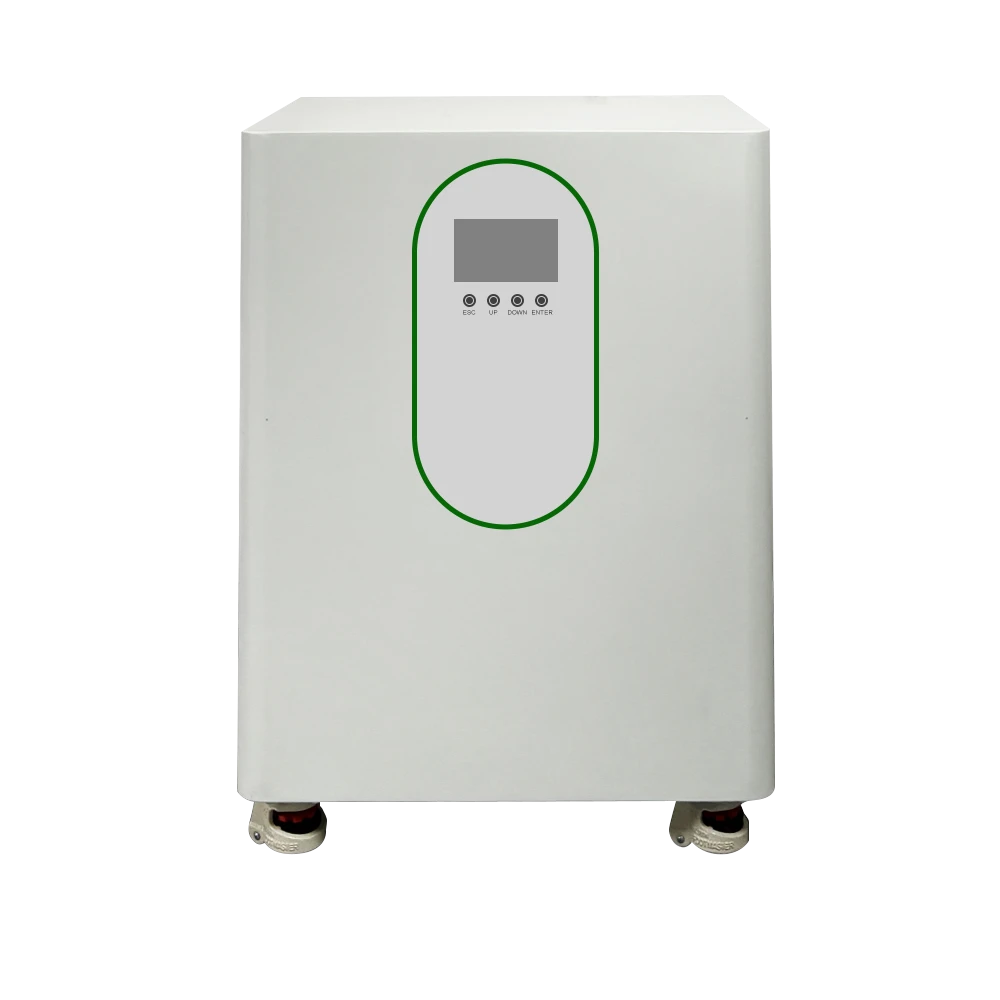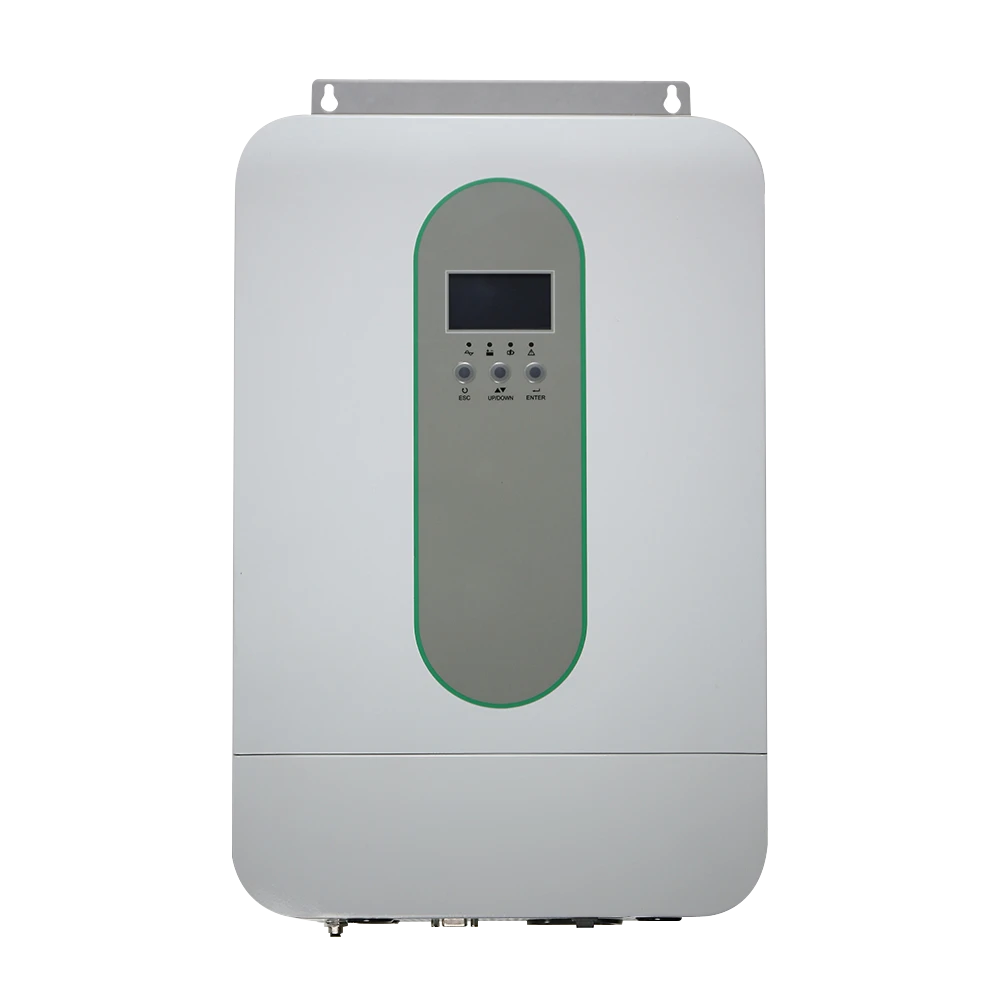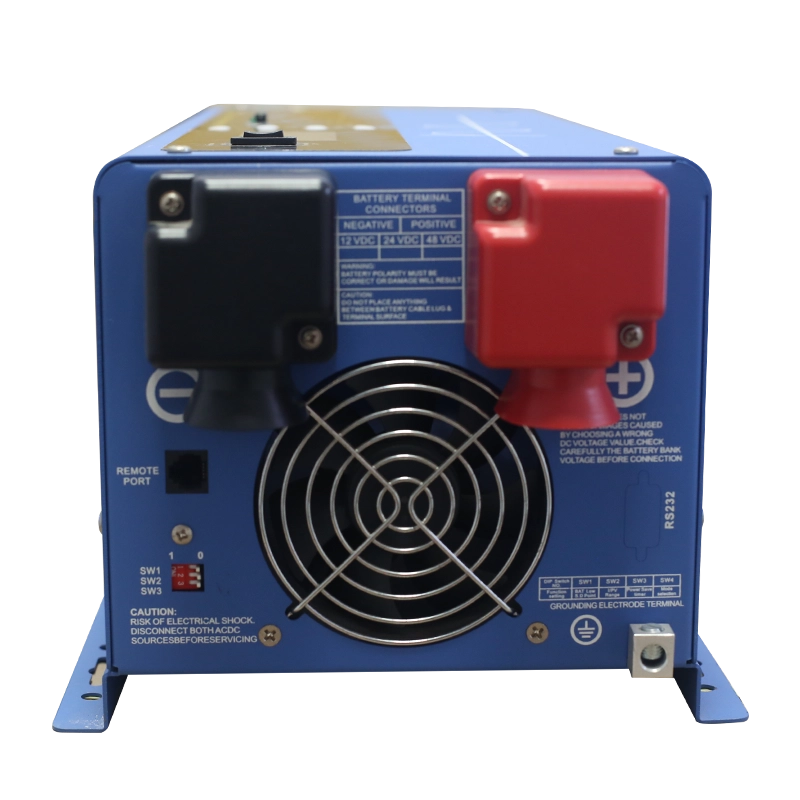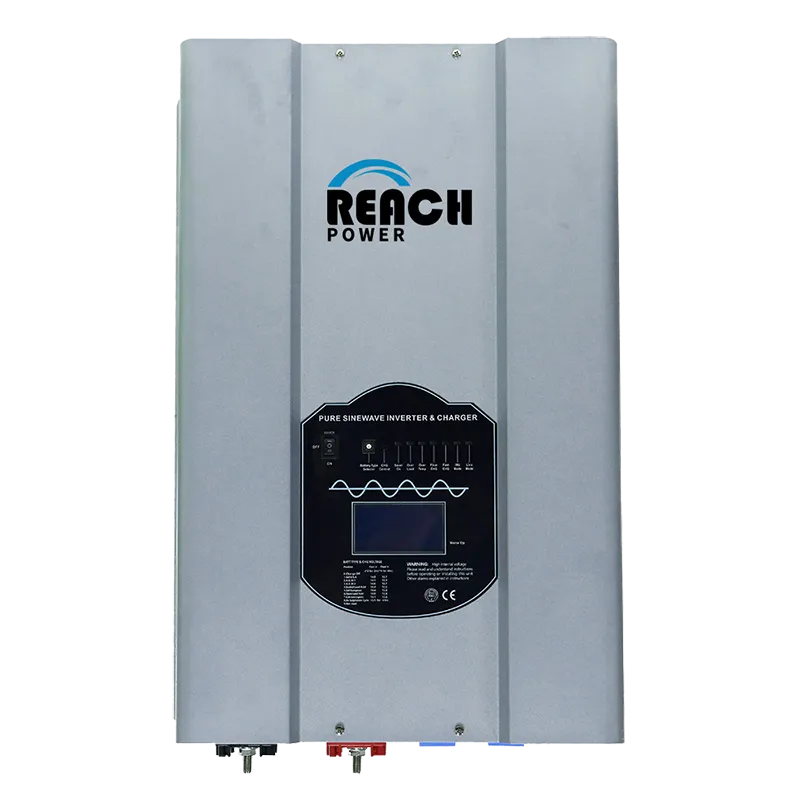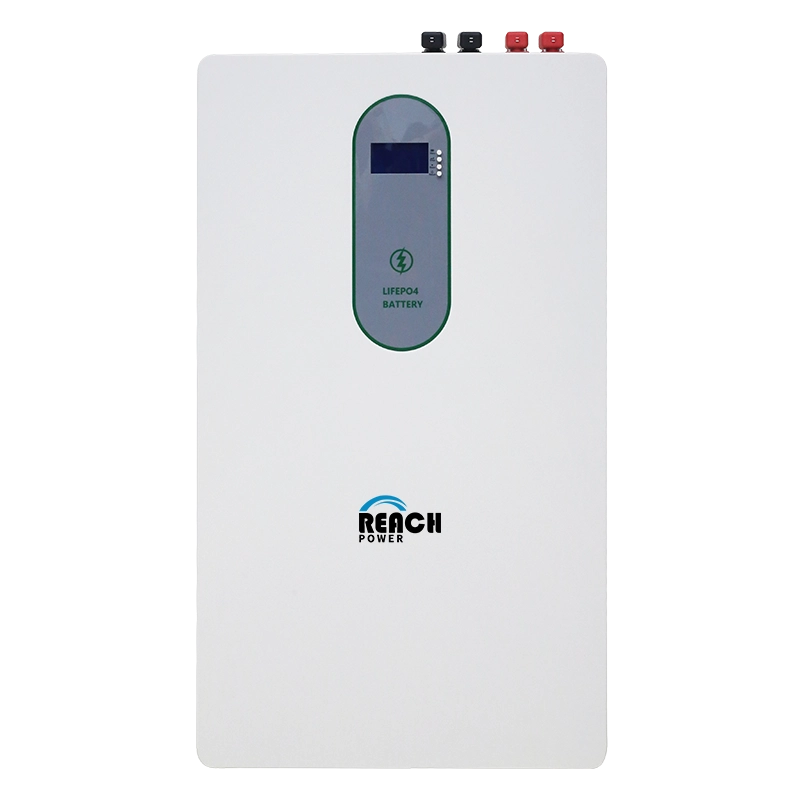Introduction: A Paradigm Shift in Energy Storage Integration
In 2025, global energy storage system integration technologies are undergoing a transformative leap from single-performance optimization to full-chain collaborative innovation. With renewable energy’s share rising to 38% (IEA data), storage systems must now meet multiple demands simultaneously: high energy density, long lifespan, low cost, and grid support capabilities. This article provides an in-depth analysis of three key breakthroughs—high-capacity cells, liquid cooling, and grid-forming technologies—while examining the impact of policies and geopolitical factors on the industry.
I. Technological Breakthroughs: Dual Advances in Efficiency and Safety
1. High-Capacity Cells: Redefining Storage System Design
In 2025, 600Ah+ cells (e.g., CATL’s 690Ah product) have pushed single-container storage capacity beyond 6MWh, achieving a 40% increase in energy density compared to traditional 280Ah cell systems. By reducing cell counts and connection losses, this innovation has driven system costs below $0.08/Wh while simplifying thermal management. A Chinese wind-solar hybrid project using this technology shortened its payback period to 5.2 years, significantly improving economic viability.
2. Liquid Cooling: From Passive Protection to AI-Powered Prevention
Liquid cooling systems now exceed 60% market penetration, with temperature differentials controlled within ±2°C, reducing thermal runaway risks by 90% compared to air cooling. AI-driven early-warning platforms (e.g., Huawei’s solution) analyze over 20 parameters—including cell expansion and gas composition—to predict thermal events with 92% accuracy. A 200MW German storage facility using this system cut maintenance costs by 37% and limited annual capacity degradation to under 1.5%.
3. Grid-Forming Technology: The “Stabilizer” for Renewable Integration
By emulating synchronous generator voltage characteristics, grid-forming tech solves inertia deficits caused by renewable energy. Global deployments are projected to reach 7GW in 2025, with Europe accounting for 50%. Sungrow’s inverters, for example, provide instant frequency regulation during grid faults, reducing renewable plant disconnection risks by 70%. An Australian 1.2GW solar-plus-storage project achieved 98% grid stability after adoption.
II. Policy Drivers and Market Dynamics
1. The Double-Edged Sword of the U.S. IRA
The IRA’s 30% tax credit for standalone storage spurred an 89% YoY surge in U.S. front-of-meter installations in 2024. However, battery import tariffs will jump from 7.5% to 25% in 2026, forcing Chinese firms like CATL to pursue licensing models (e.g., the Ford partnership), albeit with 20-30% profit margin compression.
2. The EU’s Standardization Push
The Cross-Border Energy Storage Agreement promotes technical harmonization, but the 2027 Battery Passport mandate—requiring full lifecycle carbon tracking—adds 12-15% compliance costs for Asian manufacturers. Meanwhile, local players like Sweden’s Northvolt, leveraging green supply chains, have captured 18% market share.
III. Future Challenges: Technical Synergies and Geopolitical Risks
- Integration Hurdles: High-capacity cells and liquid cooling demand redesigned BMS algorithms, with cross-brand compatibility currently at just 60%, raising integration costs by 20%.
- Material Security: Graphite export restrictions spiked anode prices by 40%, while the EU’s potential classification of lithium as a “strategic resource” may trigger trade barriers.
Conclusion: The Dawn of Ecosystem Competition
By 2025, the storage industry’s battleground has shifted from individual technologies to holistic “cell-thermal-grid interaction” ecosystems. Companies must capitalize on policy windows (e.g., IRA incentives) while mitigating geopolitical risks through joint ventures and licensing. As the IEA notes: “Future storage systems won’t just store energy—they’ll be the nervous system of smart grids.”


